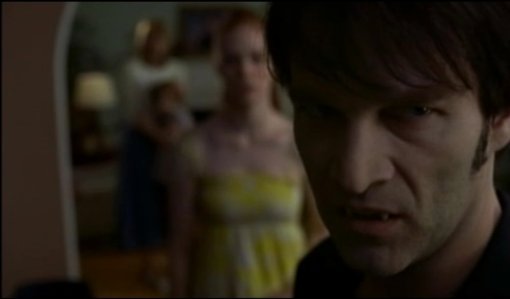
On Tuesday, September 18, PBS will be airing a new episode of American Experience titled Death and the Civil War. The good folks there sent me a DVD of the program a while back and asked me to hold off on telling you about it until we got closer to the air date. That was a big mistake on their part, since without a firm deadline I put things off until the last minute. But I did make time to watch the program and have a few thoughts to share.
The film builds off of Drew Gilpin Faust’s This Republic of Suffering and is directed by Ric Burns, who with his brother Ken brought us The Civil War, among other things (see the Civil War Monitor interview with Burns here). Much of the Burns formula is present here, with a reliance on panning and zooming of period photographs. In Death however, the photos are sometimes shown in their entirety in a natural setting – that is to say, we see the whole image and sometimes its frame, perhaps on a table. It certainly makes for a warmer mood at times, which considering the subject matter is much needed.
Also important to a Burns project is the soundtrack, and in this case we get a very moody, string heavy background to the narration that is effective. I don’t know if I could listen to a lot of it on its own without blowing my brains out, which is to say it suits the subject matter very nicely. (Apparently you’ll be able to purchase the soundtrack as well – I didn’t receive a copy of that for review.) I thought I caught themes from Johnny Cash (The Highwayman) and Beethoven (Symphony #7 in A Major, Op. 92), but I could be wrong. Anyway, it’s good stuff. Rea has more info on the soundtrack here.
OK, now on to the film itself. It’s presented in 8 parts. In the introduction we’re told the story of a mortally wounded Confederate and his sobering letter home in 1864, which sets the stage for the subject at hand: how was the country affected by, and how did it deal with, the unprecedented scale of death that accompanied the war? The nation was unprepared for it, and it overwhelmed individuals and institutions that had to deal with it. At the time, there were no national cemeteries, and no systems for burial or for the notification of families of the death of loved ones. Resulting reburial and pension systems would transform the Federal government in profound ways.
In Part I, Dying, we learn that death in antebellum America was viewed as a part of life. The importance of a “good death”, at home, surrounded by family and friends, with last words, was paramount. It was a very Christian view of the process of moving from one world to the next. This of course was directly opposed to death on a battlefield far from home and relatives, often alone, and often without the body ever being identified or even buried. In addition, there was little preparation for the care of casualties, which brought about the formation of the U. S. Sanitary Commission and the U. S. Christian Commission in the north. In the south, with its fewer resources, the prospect of dealing with the dead and wounded was even more overwhelming. Dying sets the stage for the remaining six parts, Burying, Naming, Honoring, Believing & Doubting, Accounting, and Remembering. In the end, it’s a tale of adaptability and the struggle to maintain some sense of humanity and normalcy in inhuman and abnormal circumstances. To achieve a good death in a bad death setting.
The film is ultimately not an uplifting piece, but for those who have not already read Faust’s book, or for those more visually inclined, it is informative and moving. The answers to some questions I’ve long pondered, such as why physicians were so quick to tell their patients that their condition was fatal, have been made more understandable to me.
Watch it.
















Recent Comments